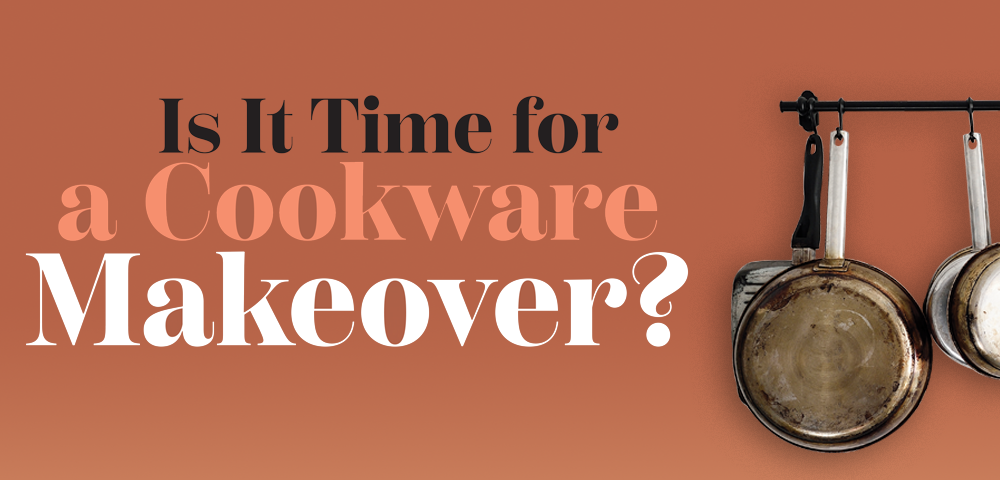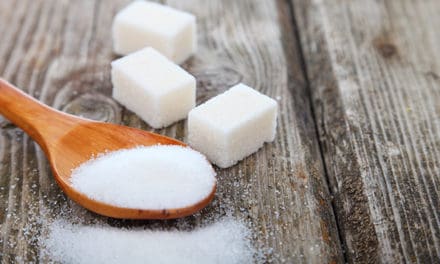
When the coating on Teflon pots and pans is heated, it leaches harmful PFASs into food and the surrounding air. Scraping with cooking utensils further damages the surface, increasing your chances of ingesting these toxic chemicals.
Have you ever heard of perfluoroalkyl and polyfluoroalkyl substances? No? Well, perhaps you’re more familiar with their acronym PFASs? Or maybe you’ve recently heard on the news or from friends that cooking with Teflon pans can harm your health, and you realized that the nonstick coating that makes Teflon pans so easy to clean contains PFASs.
People are unaware that these toxic chemicals accumulate in our environment and bodies, and can have severe health impacts.
What are PFASs?
PFASs are a group of man-made chemicals that make our daily products more convenient – more stain-resistant, waterproof, nonstick, fire-retardant, etc. They are pervasive and are in everything from yoga pants to furniture, cookware, and beyond. Because of their extensive use, PFASs have made their way into our air, water, and soil. They are often referred to as forever chemicals because they never break down and continue to accumulate. They are very toxic, even in small amounts, and their impact on our health is detrimental.
PFASs and health
Research reveals possible links between PFAS exposure and altered metabolism, an increased risk of obesity, fertility issues, kidney and thyroid cancers, reduced fetal growth, and an impact on the ability of the immune system to fight infections. Given the abundant presence of PFASs, it is impossible to avoid them. However, one easy and significant change you can make to help reduce your family’s exposure is to ditch your toxic cookware.
When the coating on Teflon pots and pans is heated, it leaches harmful PFASs into food and the surrounding air. Scraping with cooking utensils further damages the surface, increasing your chances of ingesting these toxic chemicals.
Ceramic cookware The verdict is still out on ceramic cookware. Many people who have discarded Teflon cookware have turned to ceramic as a safer alternative. Ceramic cookware comes in wide varieties at varying price points. With bright colors and modern designs, it is an attractive option. Ceramics also provide a fantastic nonstick cooking surface using a compound called sol-gel. Sol-gel is silicone oil released during cooking to maintain nonstick convenience. Few studies have been conducted on ceramics to determine whether this compound is safe for human consumption. The scarcity in studies does not guarantee a safer product, so if you’re looking for something genuinely non-toxic, here are some great alternatives.
Carbon steel pans are made from iron and carbon; both materials are non-toxic and food-safe. Carbon steel is lighter than cast iron, which means it heats up and cools down more quickly, and is easier to handle. With use, they become seasoned and develop non-stick tendencies.
Stainless steel is made of iron and carbon, similar to carbon steel. One of the main differences is that stainless steel is higher in chromium, making these pans more rust-resistant. Stainless steel is easy to clean, and while it does not have a nonstick coating, with healthy cooking fats, it is excellent for scrambled eggs and pancakes.
Cast iron cookware, as the name suggests, is made of iron. Cooking with cast iron releases iron into your food, which can be an excellent way to boost dietary iron. Cast iron also works well with many heat sources and can quickly transfer from the stovetop to the oven. Over time, cast iron develops a nonstick coating and can become an excellent, healthy, versatile pan.
In general, we all have become accustomed to the convenience of ultra-nonstick, but the damage to our health caused by these products is definitely not worth the risk. We cannot eliminate PFASs entirely from our lives, but purchases made by conscious consumers will contribute to a healthier world for generations to come.












